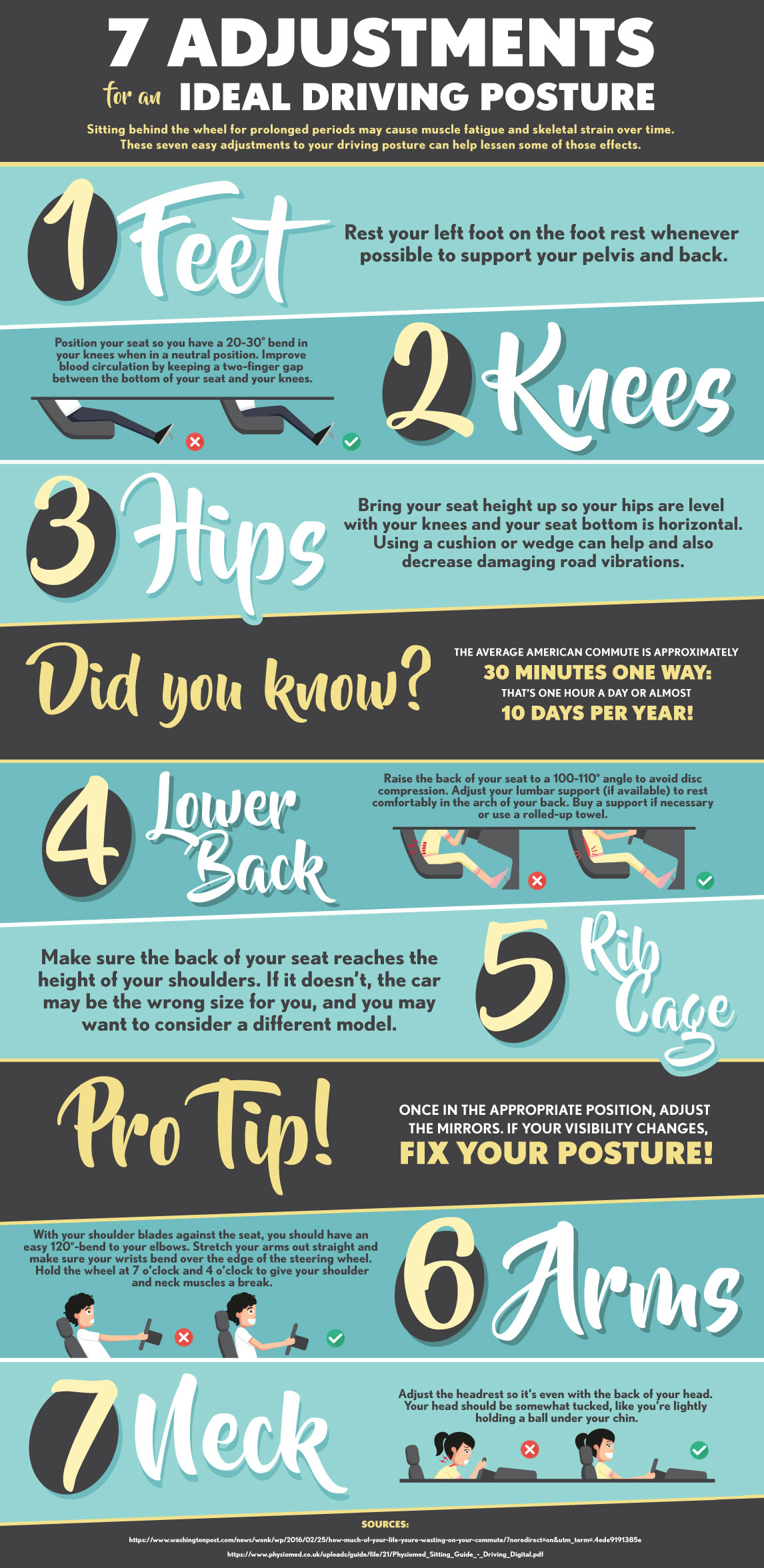The Scientific Research Behind Cold Laser Treatment: Understanding Its Mechanisms And Results
The Scientific Research Behind Cold Laser Treatment: Understanding Its Mechanisms And Results
Blog Article
Personnel Author-Rosendahl McIntosh
You may have heard of cold laser therapy as an appealing therapy choice for various problems, yet have you ever before asked yourself how it actually deals with a cellular level? Understanding the devices behind this treatment can clarify its performance in promoting healing and decreasing swelling. By exploring the scientific research behind cold laser treatment, you'll gain insights right into the remarkable methods which light can affect cellular processes and promote tissue repair service.
Exactly How Cold Laser Treatment Functions
To comprehend exactly how cold laser treatment works, you need to realize the fundamental concepts of how light power connects with organic tissues. Cold laser therapy, additionally called low-level laser treatment (LLLT), utilizes specific wavelengths of light to pass through the skin and target underlying tissues. Unlike the extreme lasers used in surgeries, cold lasers emit low levels of light that don't produce warm or trigger damage to the cells.
When these gentle light waves reach the cells, they're taken in by parts called chromophores, such as cytochrome c oxidase in mitochondria. This absorption causes a collection of organic actions, including raised mobile power manufacturing and the launch of nitric oxide, which boosts blood flow and lowers swelling.
Additionally, the light power can likewise promote the manufacturing of adenosine triphosphate (ATP), the energy currency of cells, aiding in mobile repair service and regrowth procedures.
In essence, cold laser treatment takes advantage of the power of light power to promote healing and minimize pain in a non-invasive and gentle way.
Mechanisms of Action
How does cold laser treatment really function to generate its therapeutic effects on biological cells?
Cold laser therapy, also known as low-level laser treatment (LLLT), runs through a process referred to as photobiomodulation. When pain relief stamford ct is related to the skin, the light power passes through the cells and is soaked up by chromophores within the cells.
These chromophores, such as cytochrome c oxidase in the mitochondria, are then promoted by the light power, causing a waterfall of biological reactions. One key system of action is the improvement of mobile metabolism.
The absorbed light energy boosts ATP manufacturing in the mitochondria, which is essential for mobile feature and fixing. In addition, cold laser therapy assists to lower inflammation by preventing inflammatory conciliators and advertising the release of anti-inflammatory cytokines.
This anti-inflammatory effect adds to discomfort relief and cells recovery.
Healing Results
Recognizing the therapeutic results of cold laser therapy entails acknowledging how the boosted mobile metabolic rate and anti-inflammatory residential properties add to its positive end results on biological tissues.
When the cold laser is related to the afflicted area, it boosts the mitochondria within the cells, resulting in boosted production of adenosine triphosphate (ATP), which is critical for mobile function and repair service. This increase in mobile energy increases the recovery process by advertising cells regeneration and reducing swelling.
In addition, the anti-inflammatory homes of cold laser therapy assistance to lower pain and swelling in the targeted location. By hindering inflammatory mediators and advertising the launch of anti-inflammatory cytokines, cold laser therapy help in easing pain and boosting the total healing feedback.
This decrease in inflammation not only provides immediate alleviation but likewise supports lasting tissue repair service.
laser treatment for tendonitis near me
In conclusion, cold laser treatment functions by promoting mobile fixing and cells regrowth via photobiomodulation. Its anti-inflammatory residential properties provide pain relief and minimize swelling by hindering inflammatory arbitrators.
This therapy offers a detailed approach to recovery, providing both instant alleviation and long-term cells fixing benefits.
Via its mechanisms of action, cold laser treatment proves to be a reliable and appealing therapy choice for a selection of conditions.
